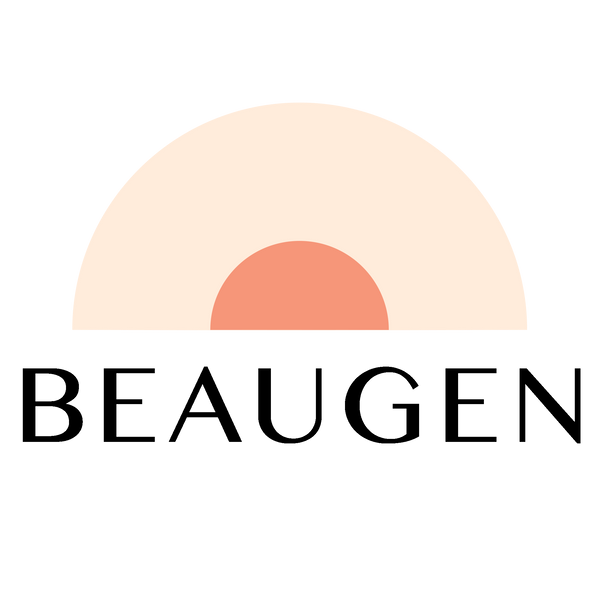How to Tell if You Have Mastitis?
Mommy Care Team
How to Identify this Breast Pain and What You Can Do About It
If you have pain while breastfeeding, you might be wondering if you have a clogged duct and if or when a clogged duct can become mastitis. Mastitis is a painful inflammation of the breast tissue that can be caused either by a clogged/blocked milk duct or by bacteria entering the breast tissue. Not all clogged ducts will become mastitis. If you have a clogged duct, or think it might be mastitis, the best thing to do is to see your healthcare provider.
When is it just a clogged duct?
In a previous post, we talked about clogged ducts. Click here to learn more about them, how to tell if you might have one, and what you can do about it. Clogged ducts are painful, but they are not as painful as mastitis. It can be helpful to think of mastitis as the next step in the progression of pain or infection.
Can You Treat Mastitis at Home?
Some moms will try to clear up the infection at home for a few days before seeking medical help. Breastfeeding on the affected side more frequently and until your breast is fully emptied can help to clear a blockage. Applying gentle heat and massage to the breast can help empty if full, thereby clearing a potential blockage. If the pain persists, it's imperative that you seek consultation with a medical professional. You may have a bacterial infection that will be treated with antibiotics, or it could potentially be something even more serious.

Sometimes clogs are caused by tight or restrictive clothing. If you are experiencing pain and think it could be either a clogged duct or mastitis, wear looser fitting clothing. Additionally, you can use ice packs after breast feeding to help reduce the inflammation.
Whatever you do, don’t stop breastfeeding. A sudden stop or weaning can intensify mastitis.
Try alternating or switching up your breastfeeding positions. If you are not already pumping, you might want to consider pumping if your baby is not fully emptying your breast and to help clear a potential blockage. Also, make sure to get plenty of rest (we know this is really hard to do with a young baby, but it’s important).

Try vibrations to clear the duct. You can find breastfeeding specific massagers and vibrators at LaVie Mom, or try the massaging pumping bra from Lilu.
Lecithin is also thought to help clear ducts by changing the consistency of the milk. There are currently no known contraindications for breast milk in moms who take or have taken lecithin.
What Are Additional Symptoms of Mastitis?
In addition to pain and inflammation of your breast tissue, you might also feel warmth around the location of the blockage or infection. You may feel tired, and even experience a fever and chills.
Mastitis may lead to breast engorgement which makes it more difficult for your baby to latch, especially when they are really young. In fact, it is reported that mastitis generally occurs within the first three months of breastfeeding. If you have engorgement, try hand expressing or pumping some milk before latching your baby.
What To Do If You Think You Have Mastitis
We suggest calling a lactation consultant, postpartum doula, or medical professional for a phone consultation before trying to clear up or treat an infection at home. They may be able to help guide you and provide suggestions.

Continue to breastfeed while making a complete list of any and all medications you take. It can also be helpful to write down a list of your symptoms and any other medical conditions you might have.
